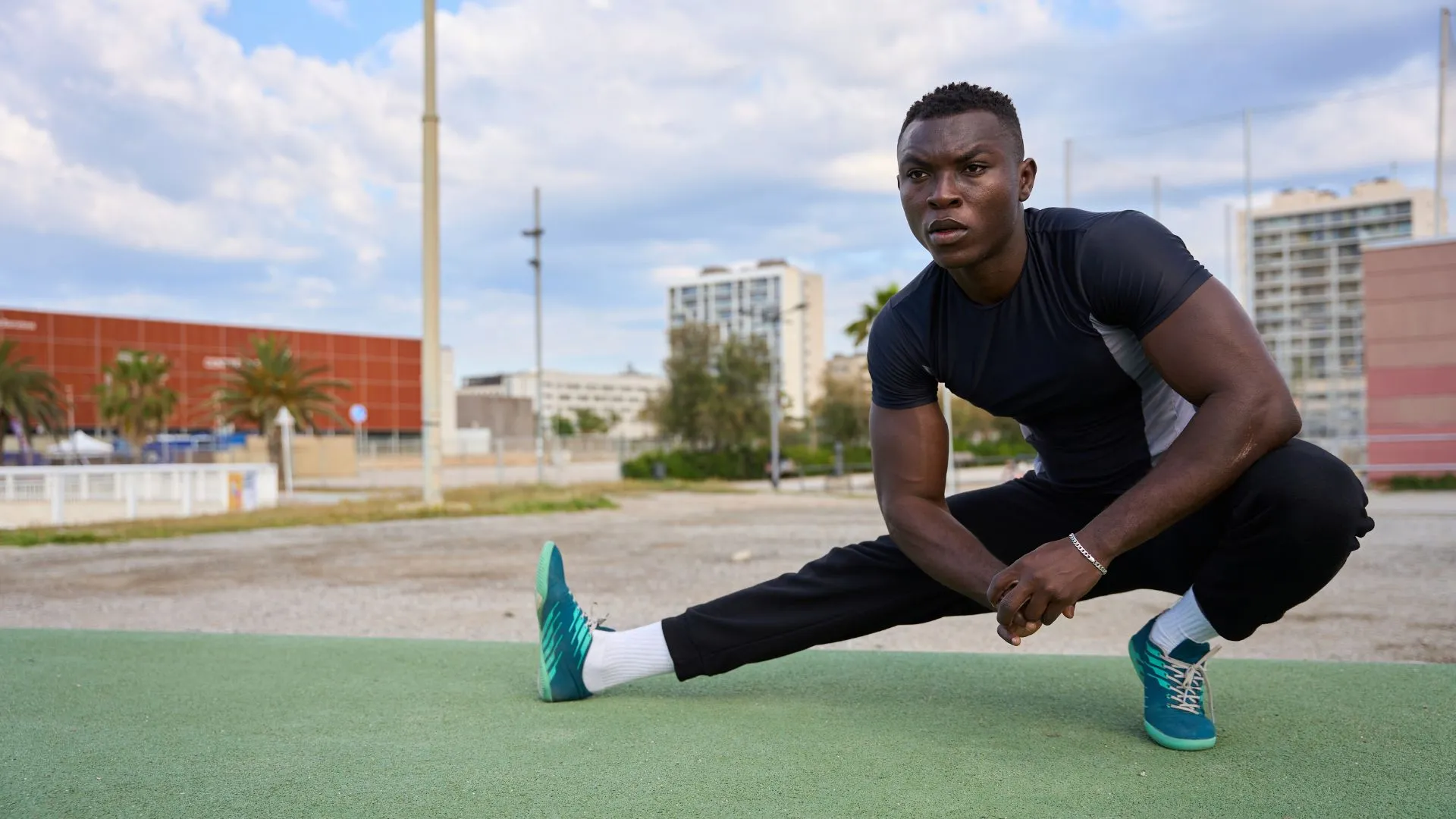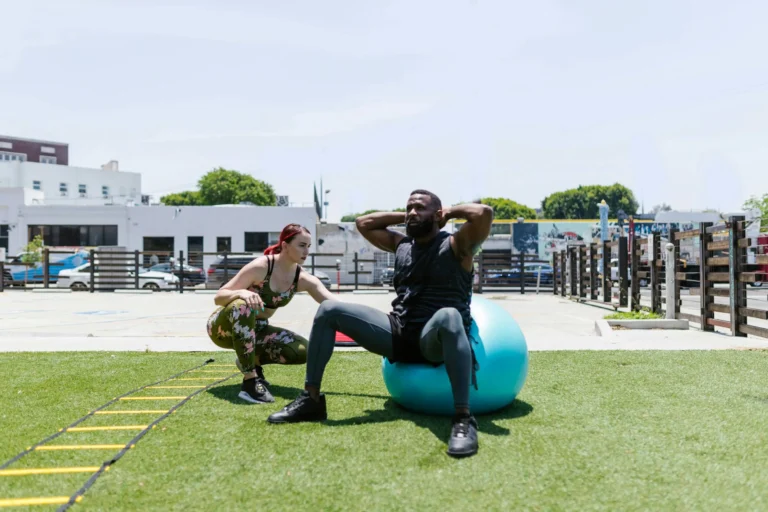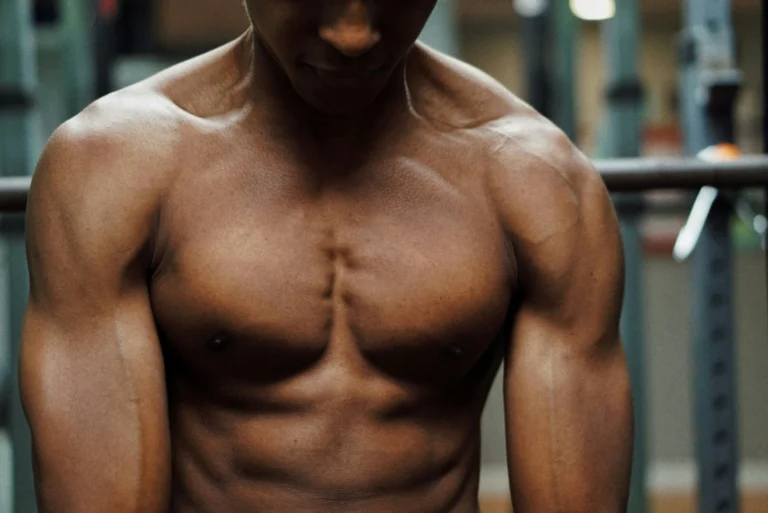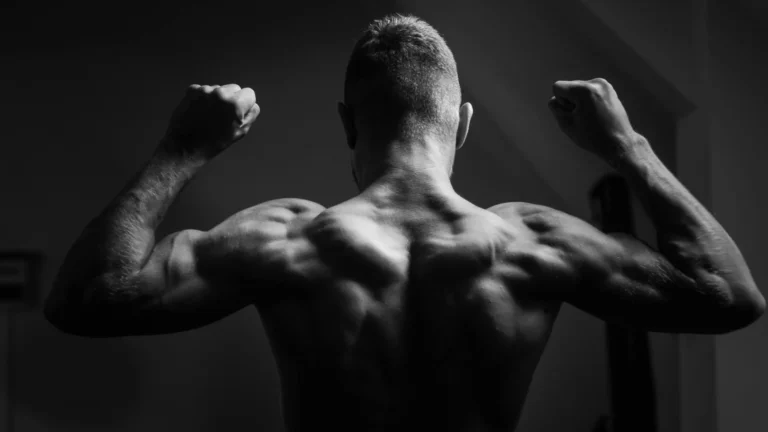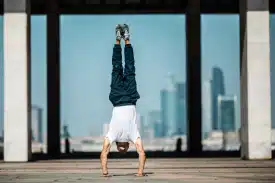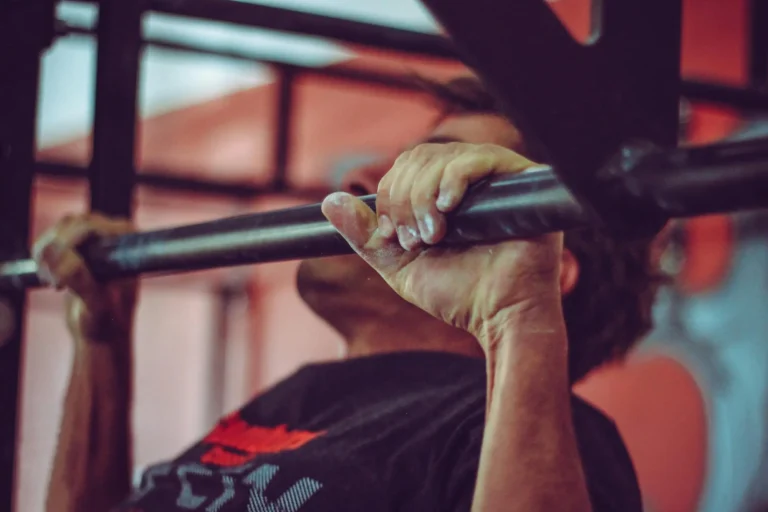Calisthenics Legs: 7 Explosive Power Moves
Unlock Power Without a Gym – Your Legs Deserve Better
Calisthenics legs training doesn’t require barbells, squat racks, or an expensive gym membership. What you truly need is a smart, structured approach rooted in bodyweight movements. Calisthenics isn’t just about flashy handstands or muscle-ups—it’s a powerful way to develop real, functional lower body strength that translates directly into your daily life.
If you’ve ever struggled to improve your calisthenics legs power using traditional workouts or felt stuck doing the same squats every day, you’re not alone. But here’s the good news: with the right moves and consistent effort, you can sculpt strong, athletic calisthenics legs using just your bodyweight. Let’s break down the 7 most effective calisthenics legs exercises you can start using today.
Why Calisthenics Leg Workouts Actually Work
The Science Behind Bodyweight Training
You might think you need external resistance to get stronger, but your body is already equipped with all the weight you need. Bodyweight training forces you to stabilize through every joint, activating a wide range of muscles. This leads to more balanced development.
When you train your legs with calisthenics, you:
- Improve neuromuscular coordination
- Engage stabilizer muscles that machines ignore
- Build strength that translates into real-life activities
The Real-Life Benefits You’ll Notice
By training your legs using these movements, you’re not just adding muscle—you’re also building control, mobility, and endurance. Whether you’re hiking a mountain trail, running a sprint, or just playing sports with friends, calisthenics legs give you strength that actually matters.
The 7 Power Moves for Killer Calisthenics Legs
Now, let’s get to the good part. These seven exercises cover all major muscle groups in your legs—quads, hamstrings, glutes, and calves—while also challenging your balance, coordination, and control.
1. Pistol Squats – Master the One-Legged Beast
If you want to test your true leg strength, the pistol squat is the ultimate challenge.
What It Targets:
- Quads
- Glutes
- Core
- Ankles
Why It’s Powerful:
This single-leg squat forces you to control your descent and power your way back up, all while keeping balance on one foot. You’ll improve coordination and lower body strength with each rep.
How to Start:
- Use a door frame or TRX strap for balance
- Lower slowly, keeping your other leg extended
- Aim for depth over speed
2. Jump Squats – Build Explosive Strength
Want to jump higher, move quicker, or simply add power to your legs? Jump squats train your fast-twitch fibers—those responsible for speed and force.
What It Targets:
- Quads
- Glutes
- Calves
Tips for Execution:
- Land softly to protect your knees
- Keep your chest up and core tight
- Try sets of 8–10 for power development
3. Step-Ups – Real-World Strength
Step-ups might look simple, but they’re one of the most effective ways to build unilateral leg strength and balance.
What It Targets:
- Glutes
- Quads
- Hamstrings
Why You Should Do Them:
They simulate everyday movements like walking uphill or climbing stairs and help develop balanced strength on both legs.
Pro Tip:
- Use a stable platform that reaches knee height
- Push through your heel and avoid using momentum
4. Shrimp Squats – The Control Builder
Shrimp squats challenge not only your muscles but also your mobility and control. Think of them as the cousin of the pistol squat, but with added stretch and burn.
What It Targets:
- Quads
- Glutes
- Ankle mobility
How to Progress:
- Begin by holding your back foot
- Lower until your back knee almost touches the ground
- Keep your torso upright throughout the movement
5. Wall Sits – Static Strength, Real Burn
Don’t underestimate the power of a good wall sit. This isometric hold challenges your mental and muscular endurance like few other moves.
What It Targets:
- Quads
- Glutes
- Calves
Execution Tips:
- Keep thighs parallel to the ground
- Don’t let your knees go past your toes
- Start with 30 seconds, then build to 2 minutes
6. Nordic Curls – Unlock the Hamstrings
Most calisthenics leg workouts overlook the hamstrings. The Nordic curl changes that by delivering an intense eccentric contraction, which builds serious strength and reduces injury risk.
What It Targets:
- Hamstrings
- Glutes
- Core
How to Perform:
- Anchor your feet under something stable
- Lower your body forward as slowly as possible
- Use hands or bands to assist if needed
7. Calf Raises – The Finishing Touch
Strong calves do more than look good—they stabilize your ankles, boost balance, and power every jump and sprint.
What It Targets:
- Calves (gastrocnemius and soleus)
Variations to Try:
- Single-leg calf raises
- Elevated platform calf raises
- Slow negatives for extra burn
Sample Weekly Calisthenics Leg Workout Plan
| Day | Workout Focus | Key Exercises |
|---|---|---|
| Monday | Power + Balance | Jump Squats, Pistol Squats |
| Wednesday | Strength & Mobility | Step-Ups, Shrimp Squats |
| Friday | Endurance + Stability | Wall Sits, Nordic Curls, Calf Raises |
| Sunday (Opt.) | Recovery & Flexibility | Dynamic stretches, light wall sits |
Stick to this schedule and you’ll start noticing gains in strength, control, and definition within a few weeks.
Support Your Legs with the Right Fuel
Calisthenics demands energy. If your diet isn’t supporting your workouts, you’ll stall progress before it begins.
What to Eat for Stronger Legs
| Nutrient | Function | Sources |
|---|---|---|
| Protein | Muscle growth & repair | Chicken, eggs, tofu, lentils |
| Complex Carbs | Sustainable energy | Quinoa, oats, brown rice |
| Healthy Fats | Joint health & hormone support | Avocados, nuts, olive oil |
| Electrolytes | Muscle function & hydration | Bananas, spinach, coconut water |
Make sure you’re eating enough throughout the day, especially post-workout, to repair and grow your muscles.
Avoid These Common Mistakes
Mistake 1: Rushing Into Advanced Moves
Don’t jump into pistol squats or Nordic curls without mastering their easier versions. That’s a shortcut to injury.
Mistake 2: Ignoring Hamstrings and Calves
Too many focus only on quads. Round out your training by consistently including hamstring and calf exercises.
Mistake 3: Skipping Warm-Ups
Mobility is key. A short dynamic warm-up (leg swings, lunges, bodyweight squats) can prevent injury and improve performance.
Frequently Asked Questions (FAQs) About Calisthenics Legs
How often should you train your legs in calisthenics?
Two to three times a week is ideal. You need time to recover, but also enough volume to grow stronger.
Can you build big legs with calisthenics alone?
Absolutely. With progressive overload, controlled reps, and a balanced diet, your legs will grow without weights.
What’s the best exercise for beginners?
Step-ups and wall sits are perfect starting points. They’re simple, effective, and easy to scale.
Is calisthenics better than weight training for legs?
Not better—just different. Calisthenics improves functional strength, control, and mobility without machines or equipment.
Conclusion – Build the Legs You Deserve
Training your legs with calisthenics won’t just make you stronger—it will change how you move, jump, and carry yourself. These seven power moves cover everything you need for full-leg development without touching a single dumbbell.
What matters most is consistency. Stick with the plan, listen to your body, and challenge yourself every week. You’re not chasing bulky legs—you’re building powerful, functional ones that help you do more in everyday life.
Ready to Take the First Step?
Start with just two exercises from this list today. Build from there. Track your progress, and don’t forget to warm up. If you want more tips on bodyweight training, be sure to explore the rest of the blog and sign up for exclusive calisthenics workouts.
Your journey to killer legs starts now—no gym required.

